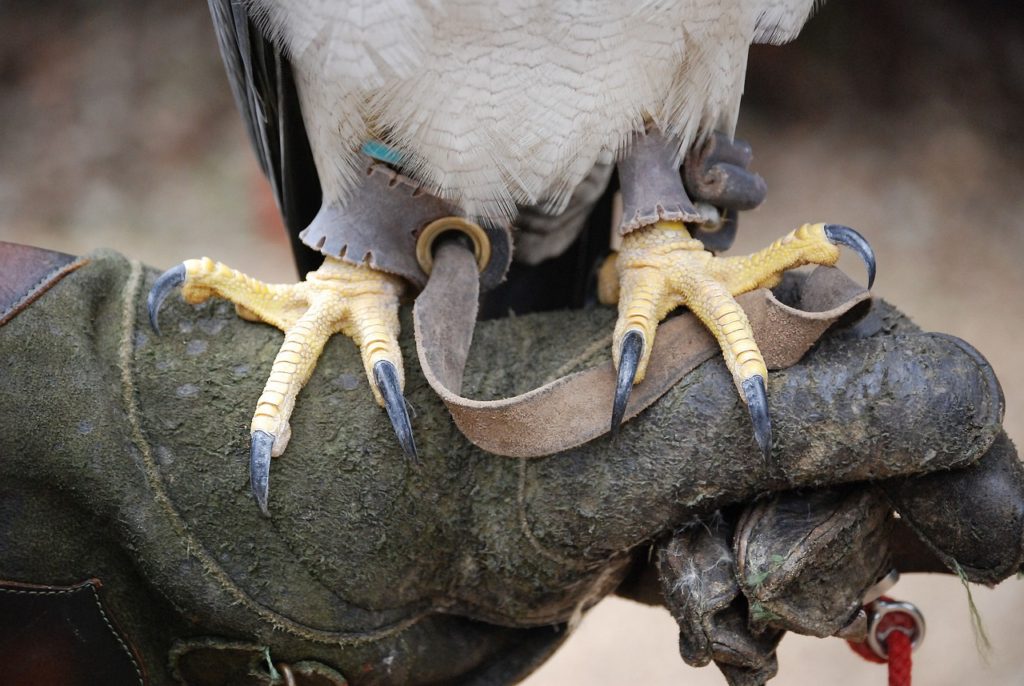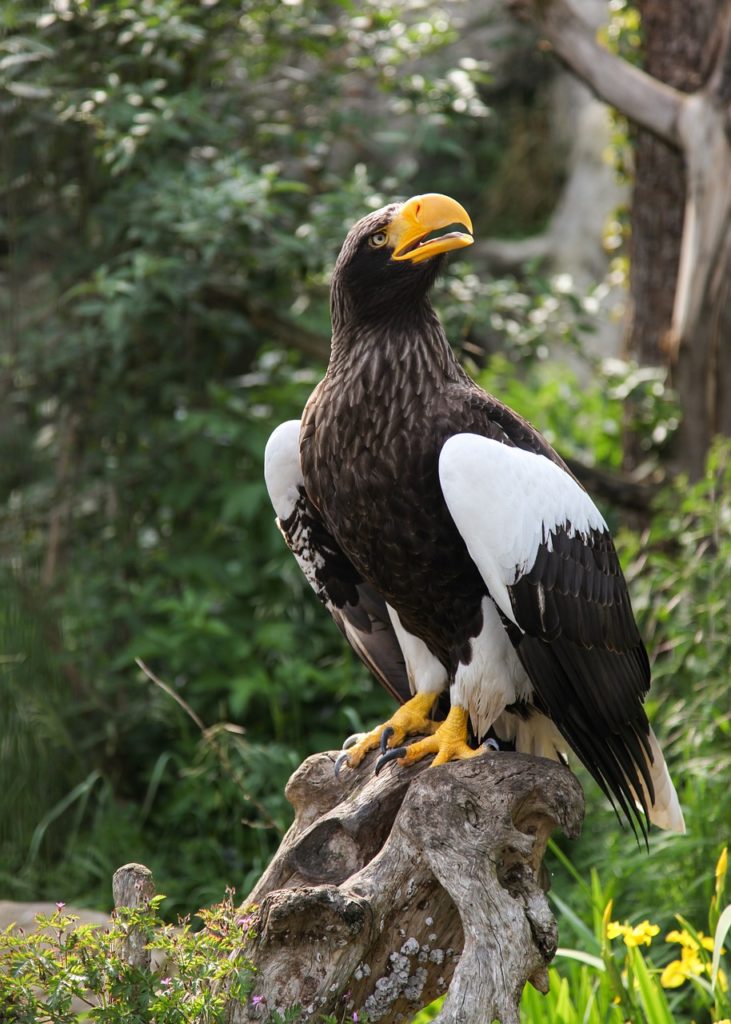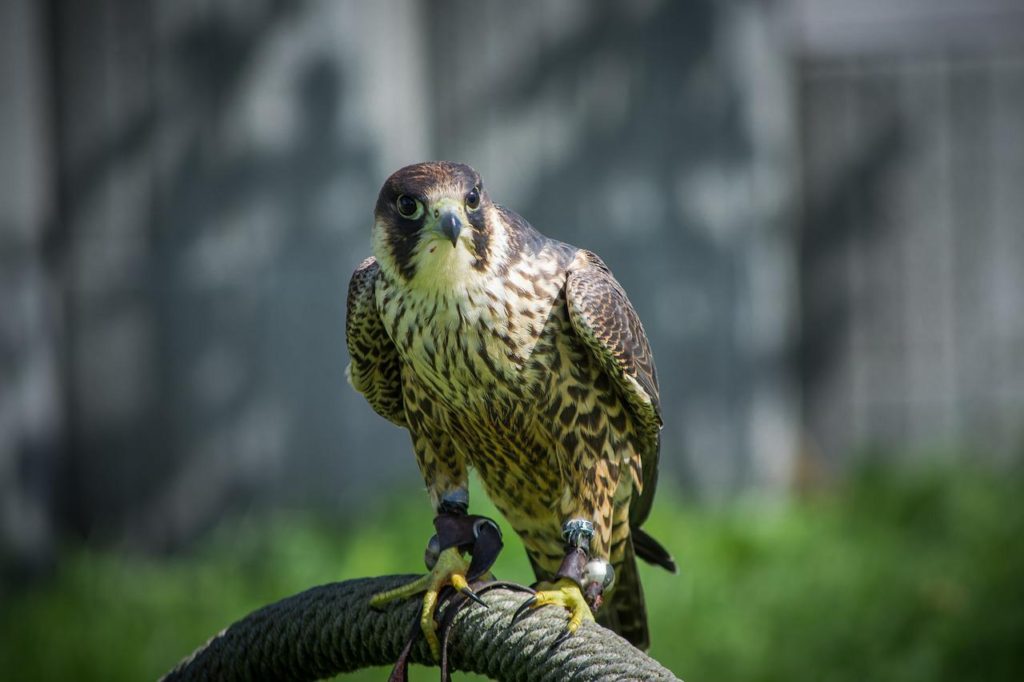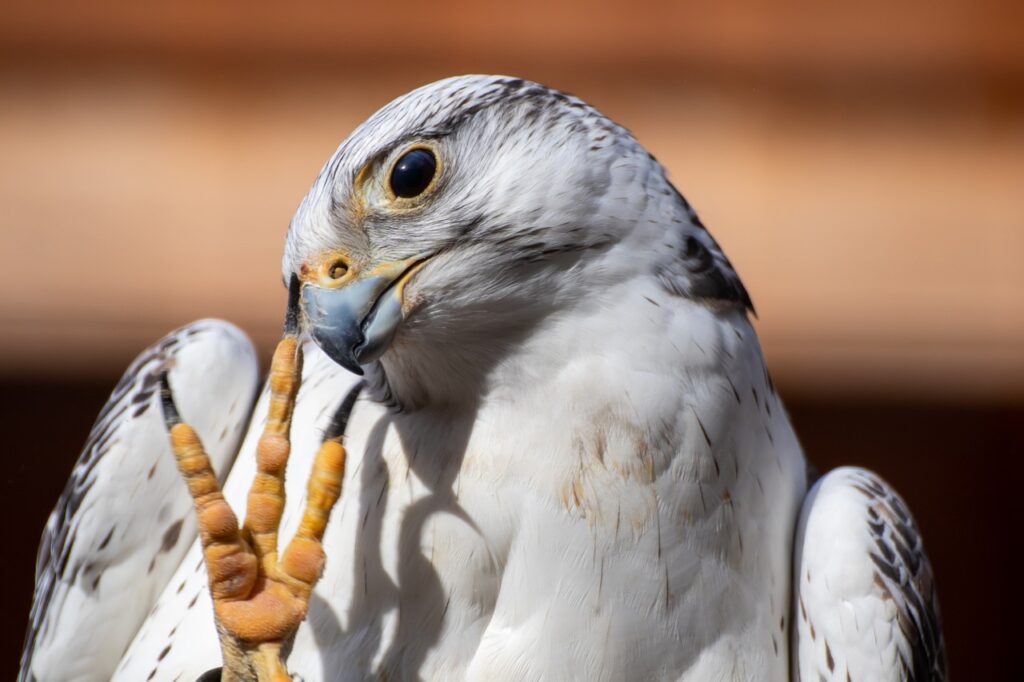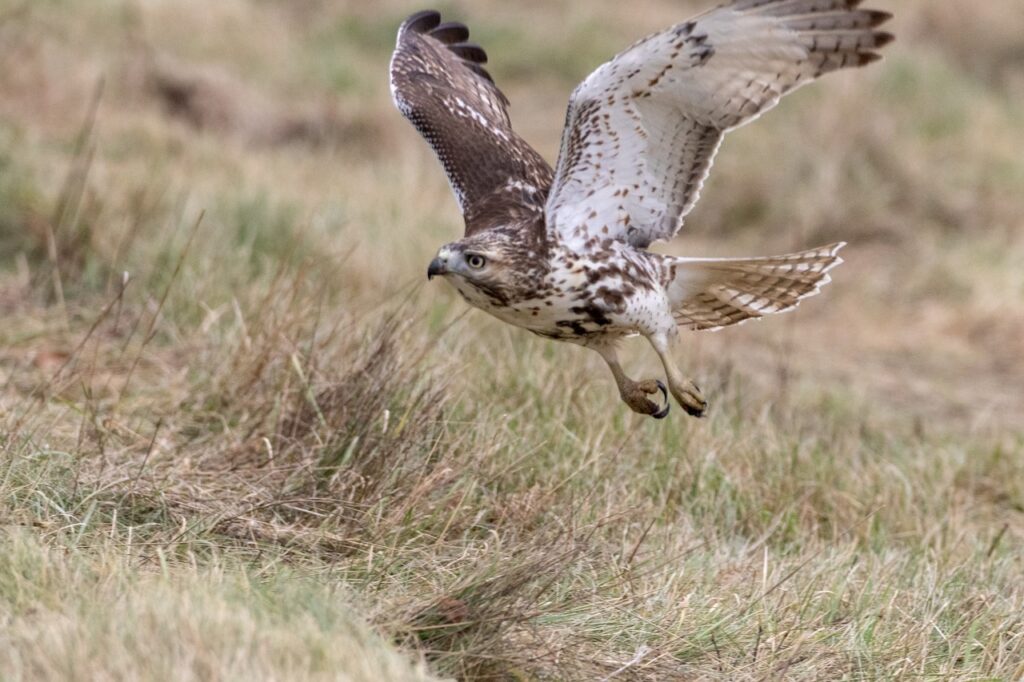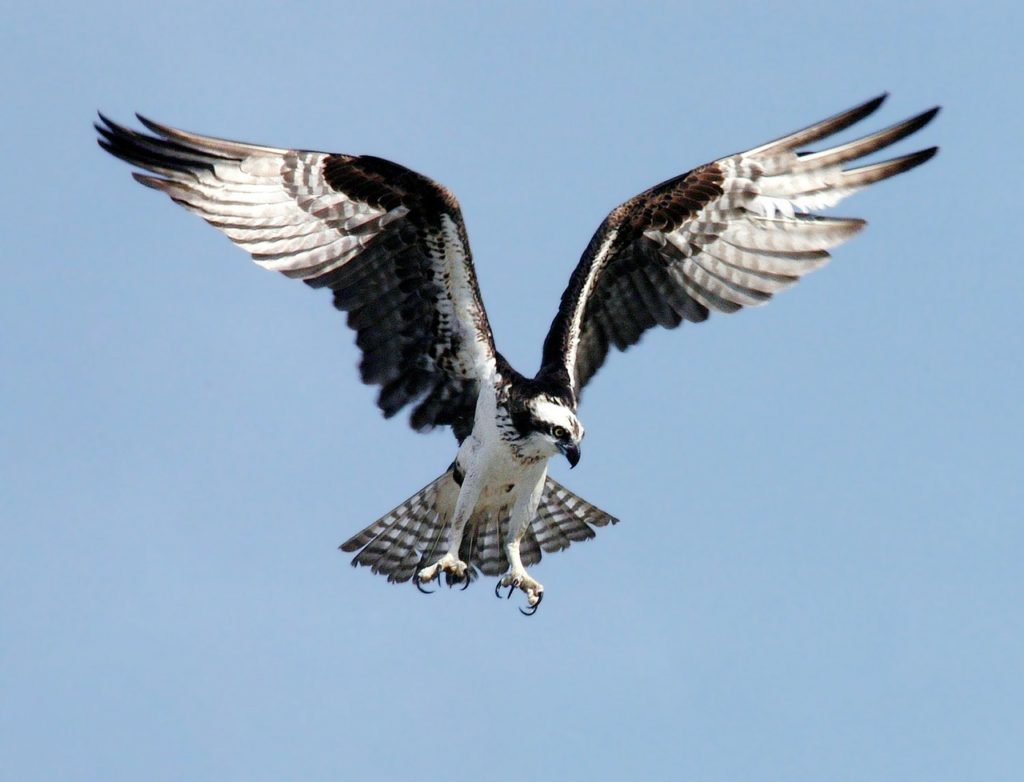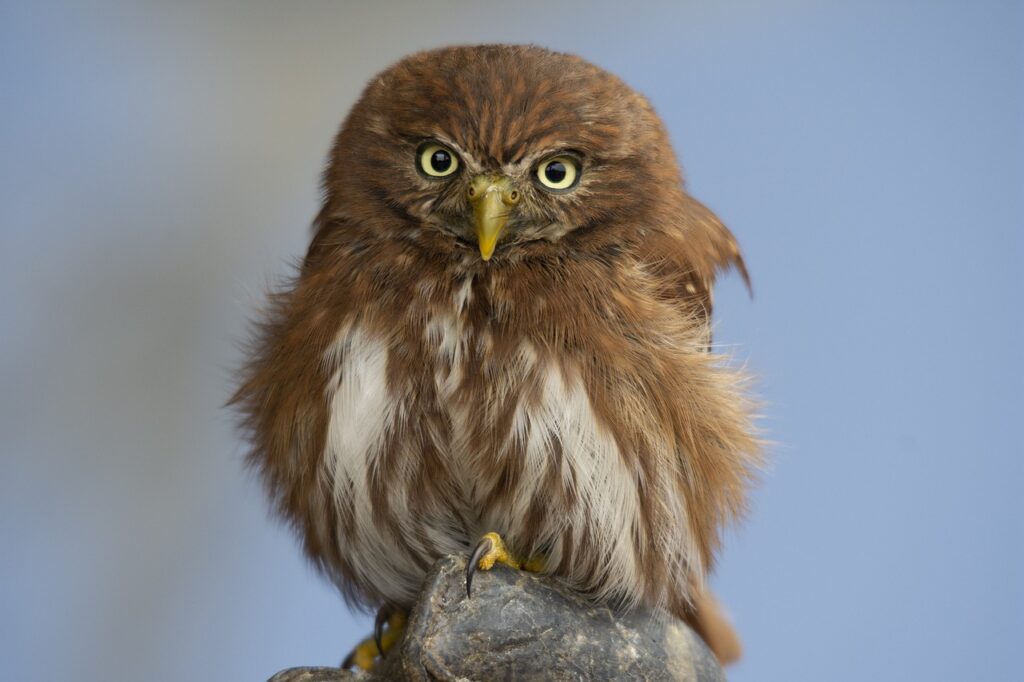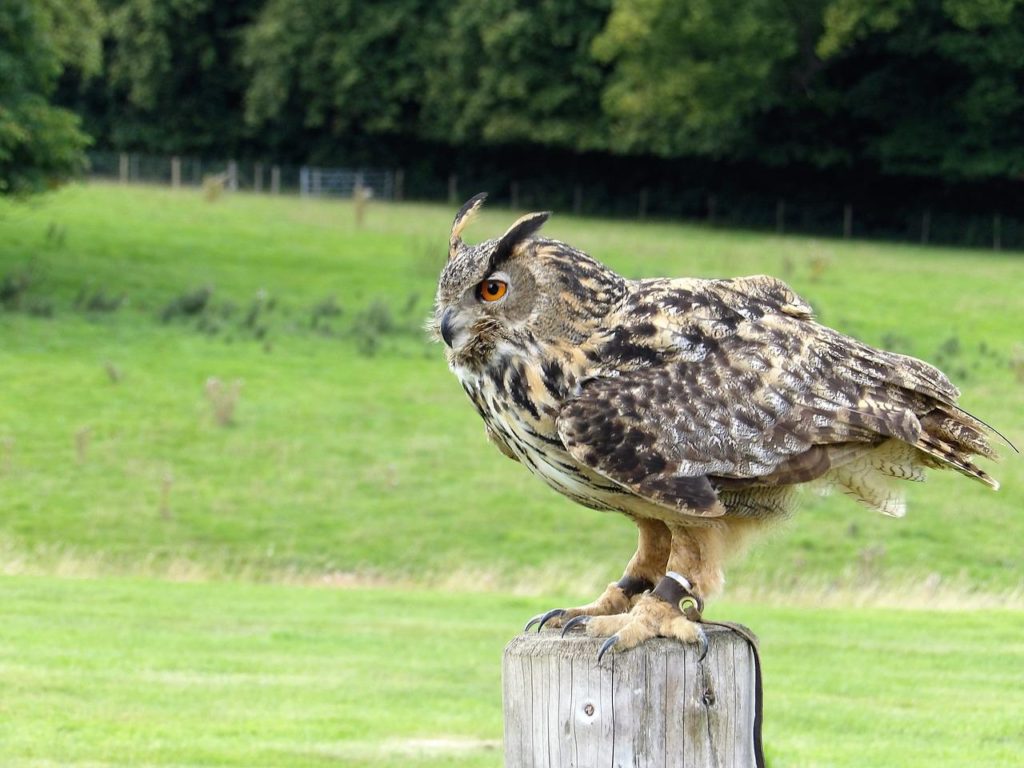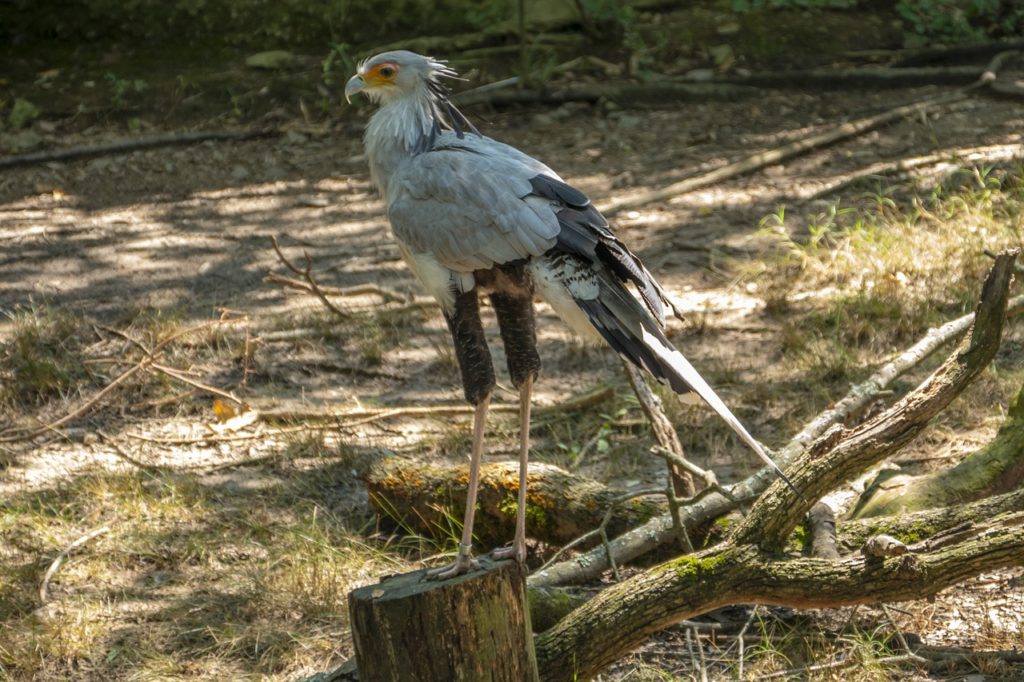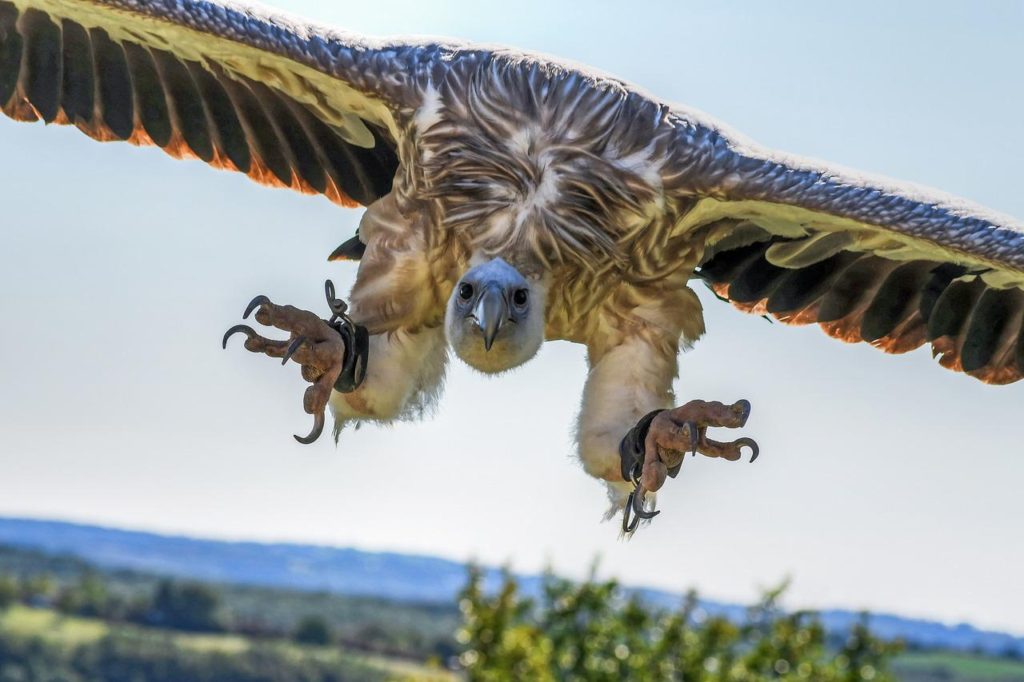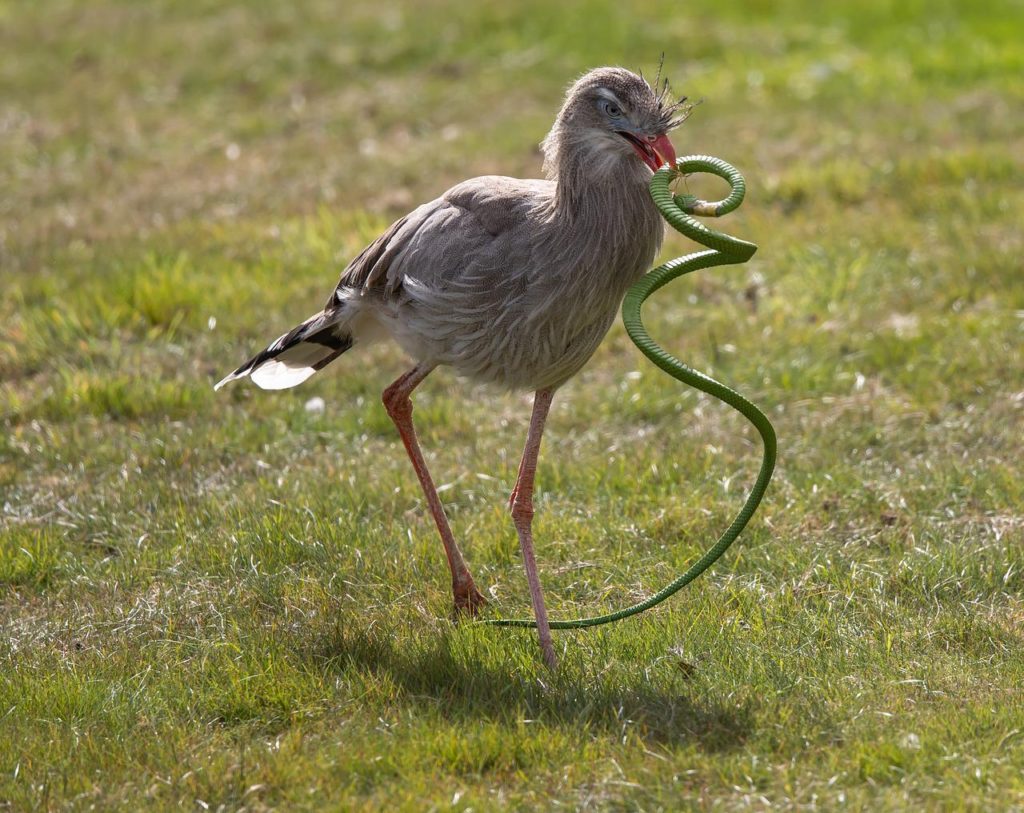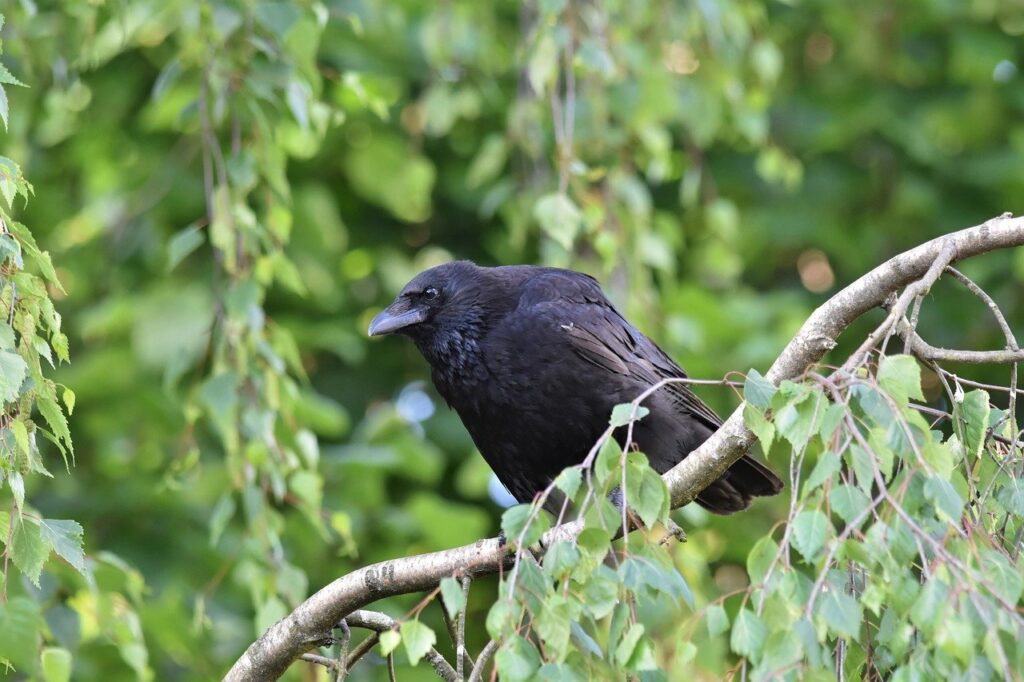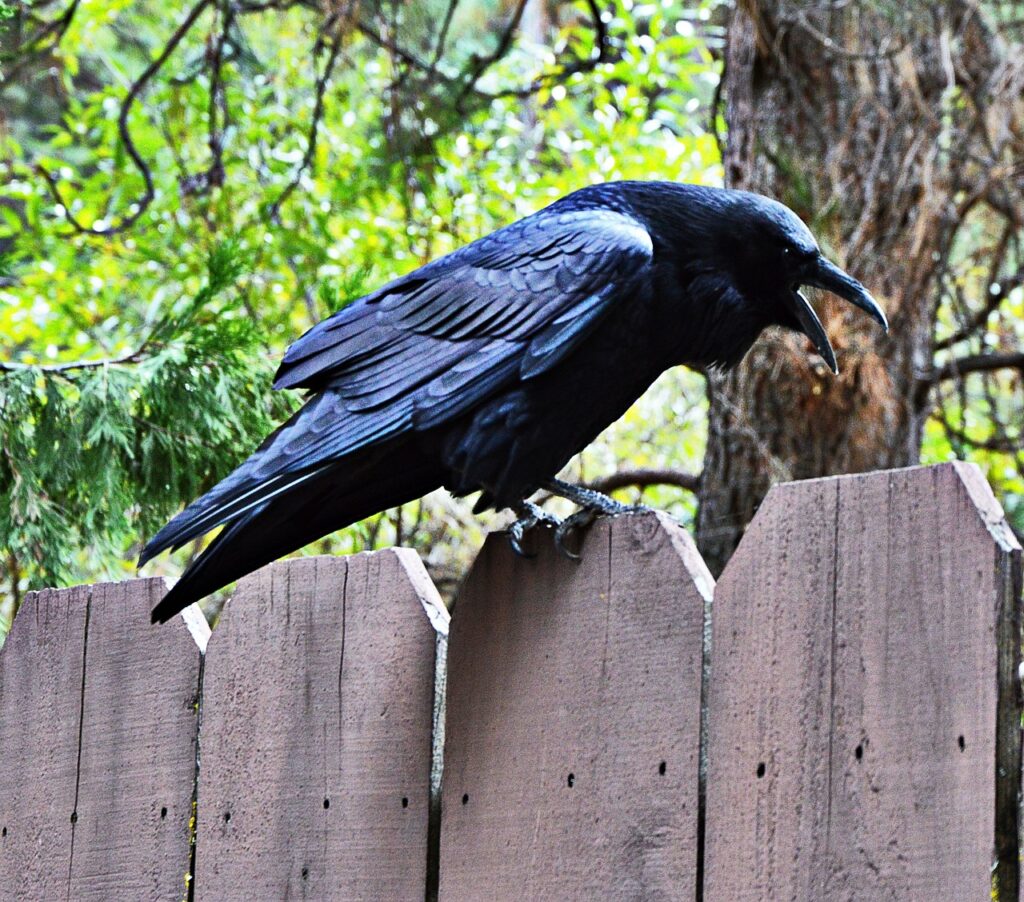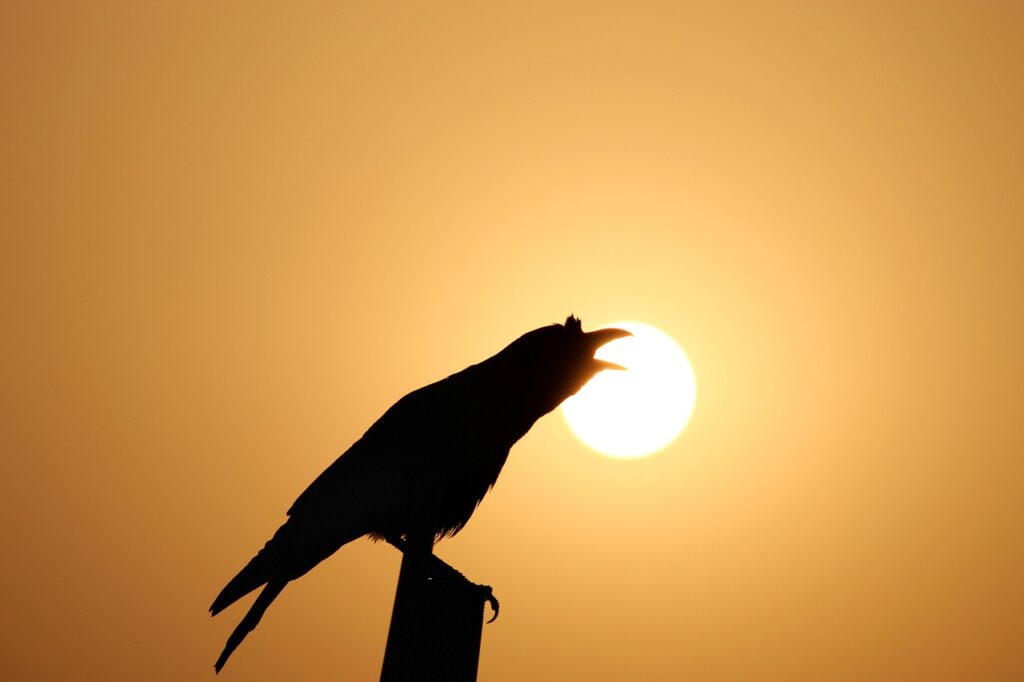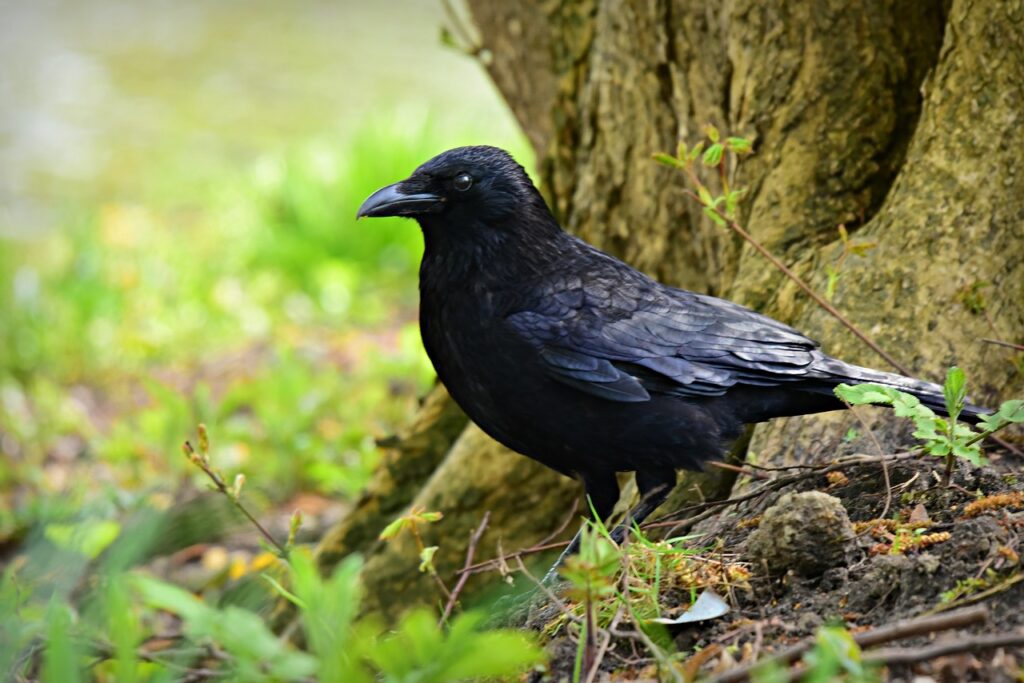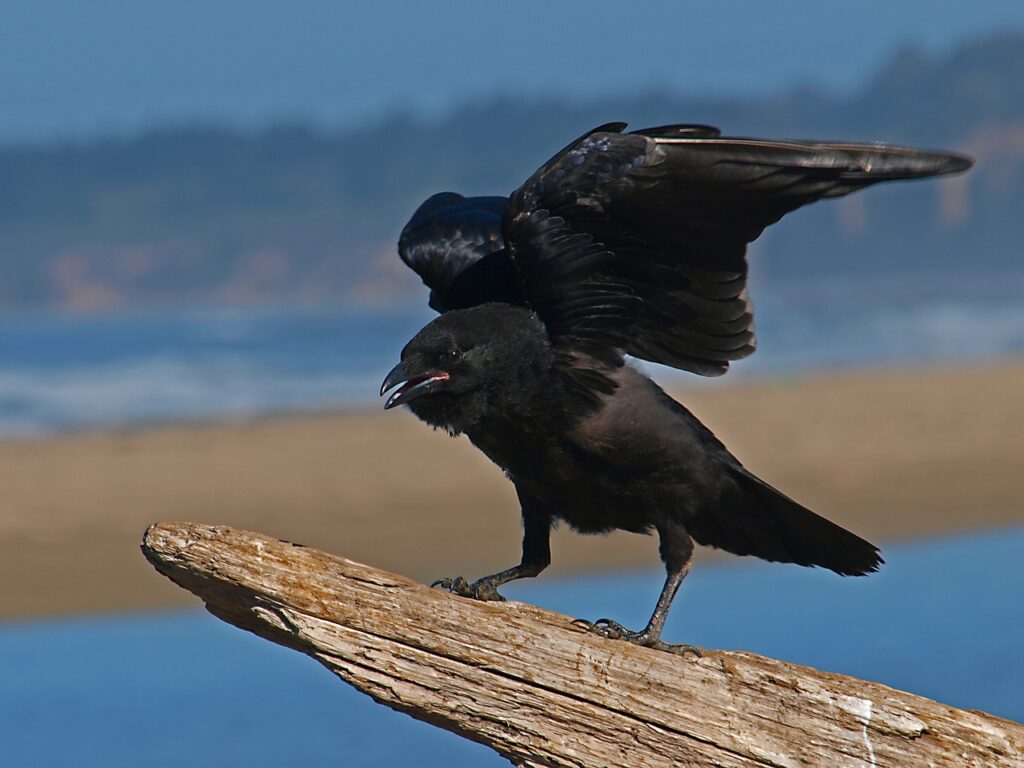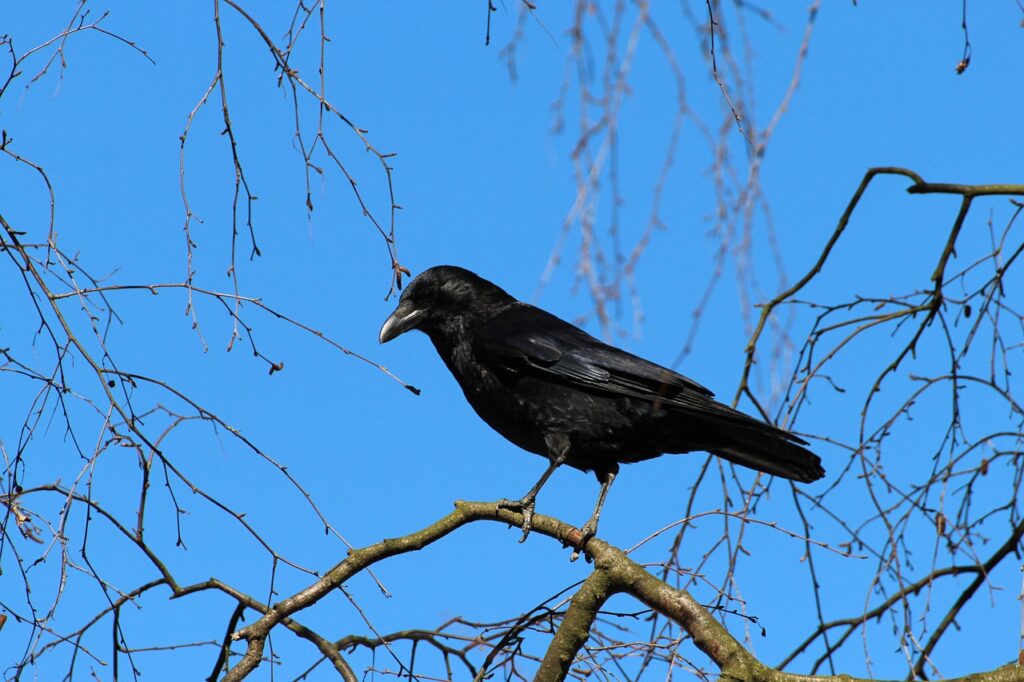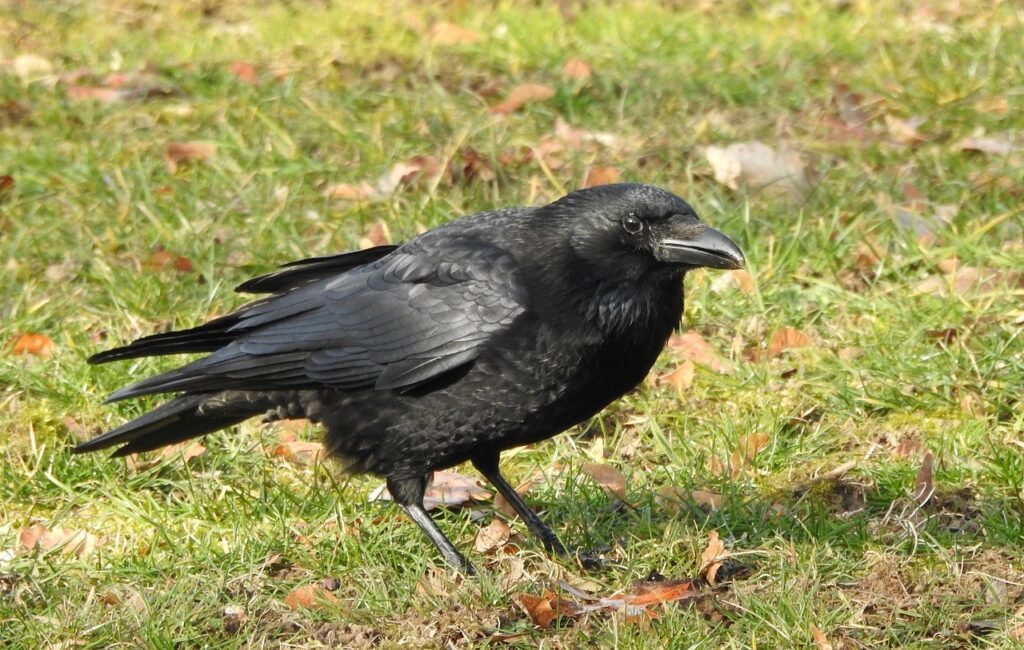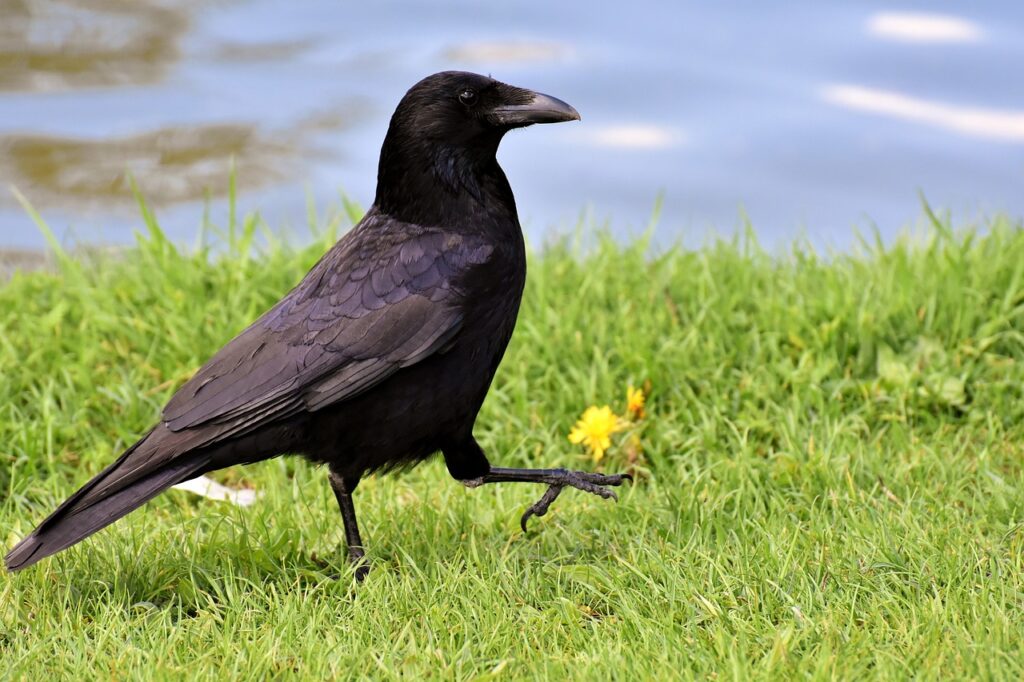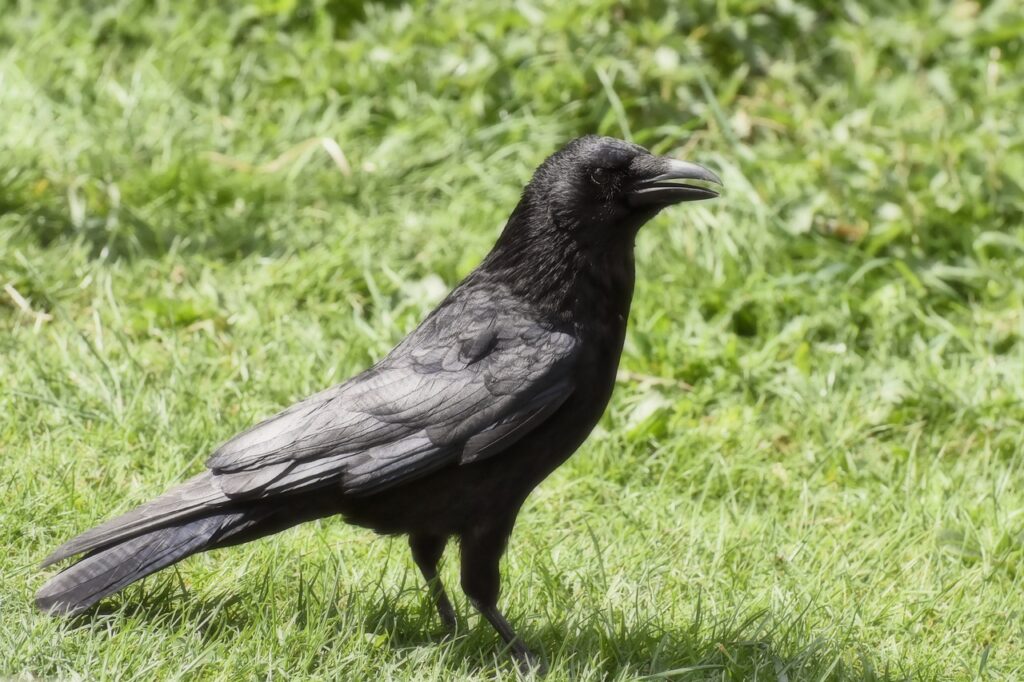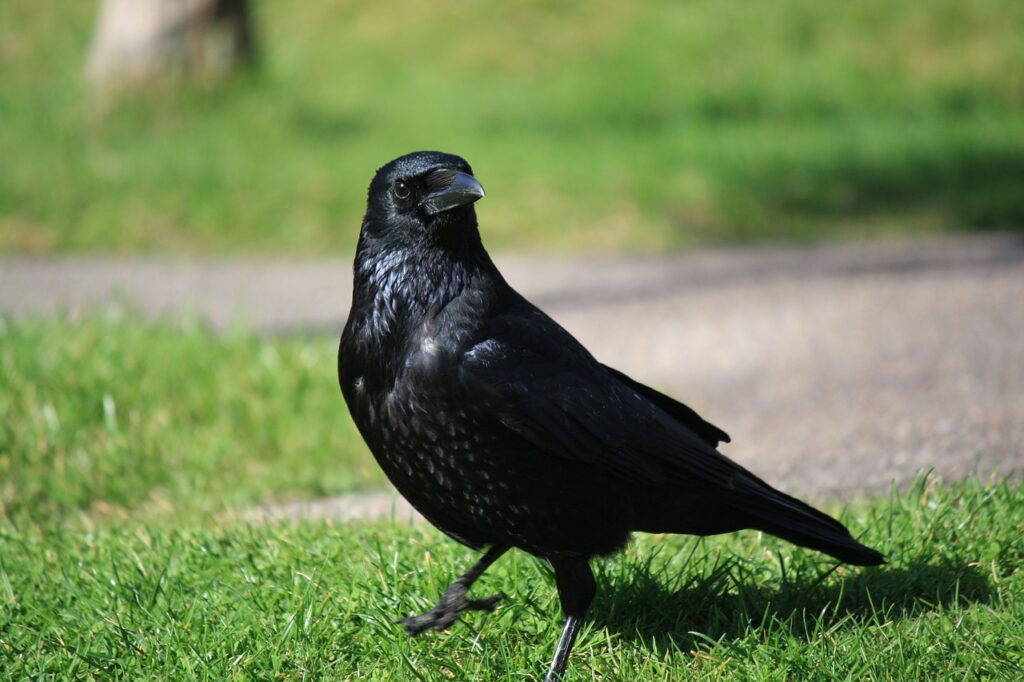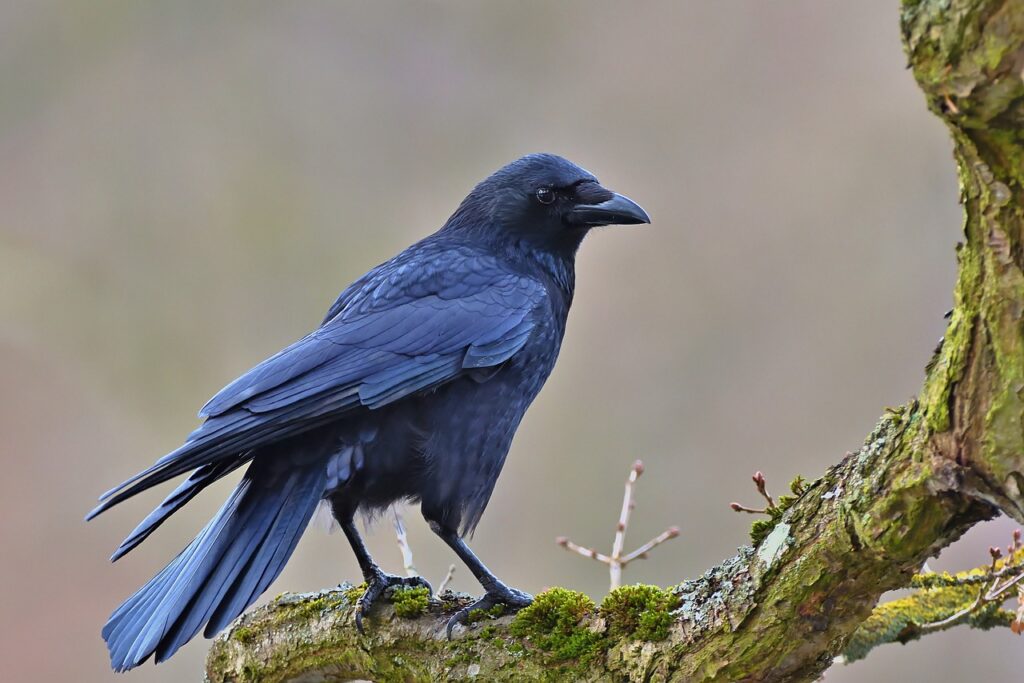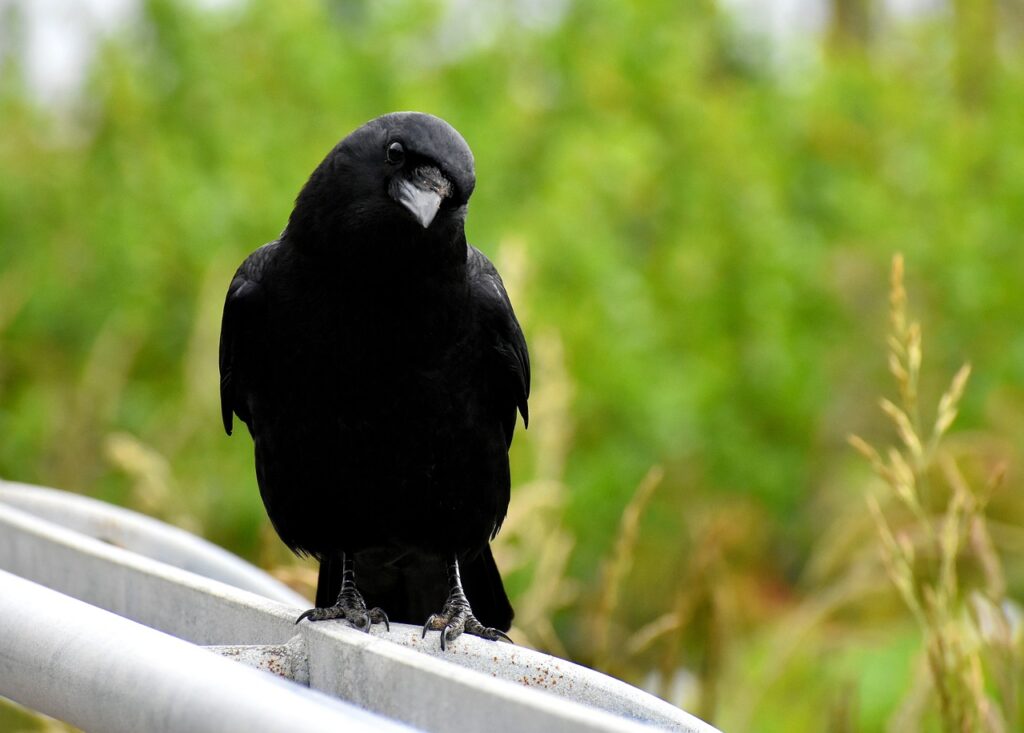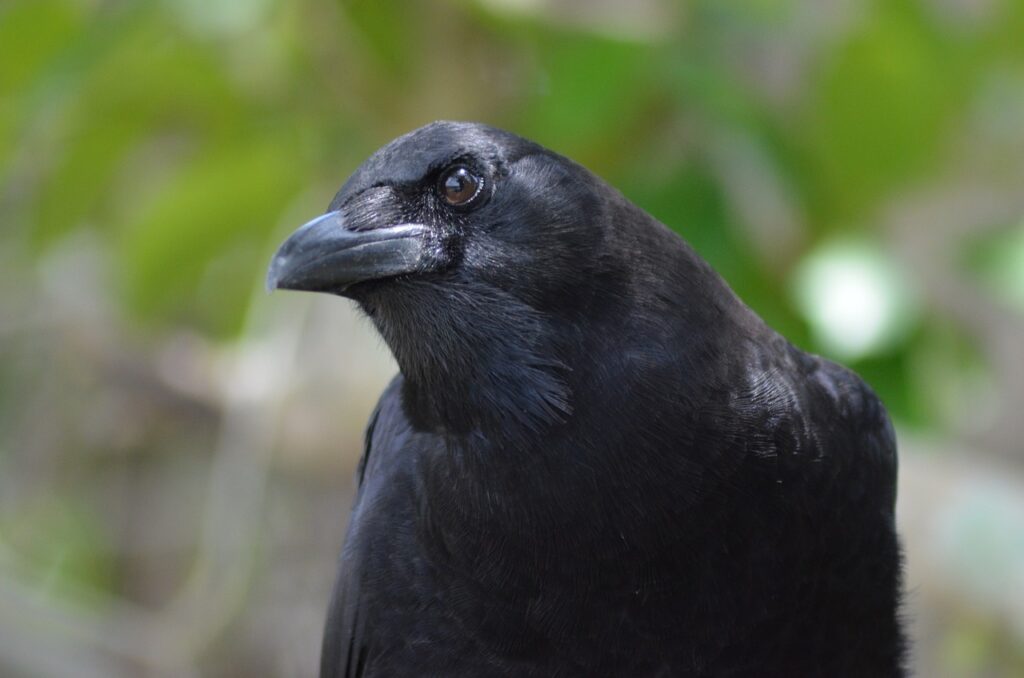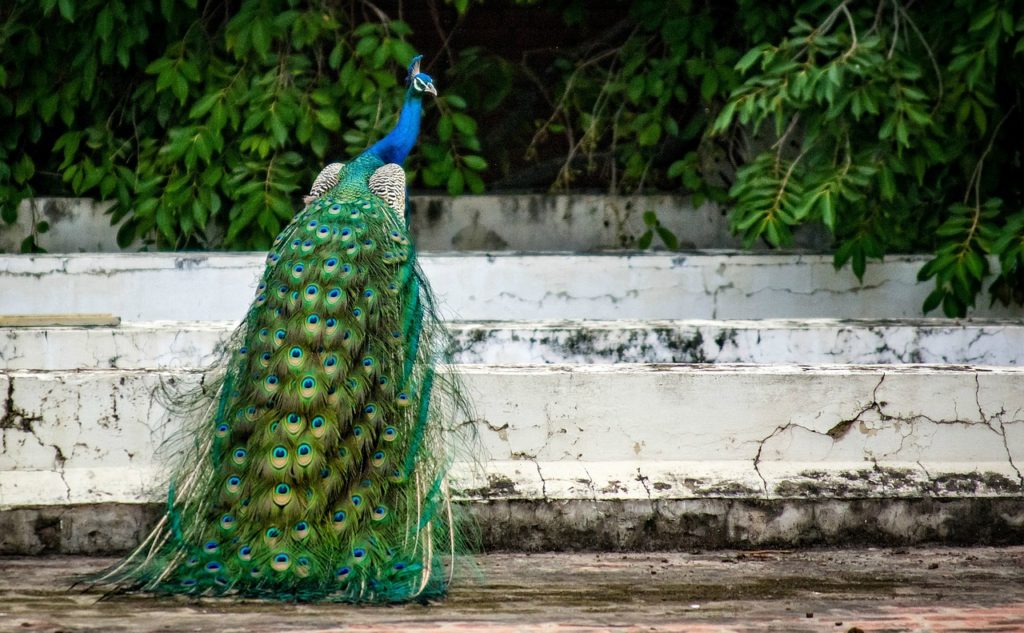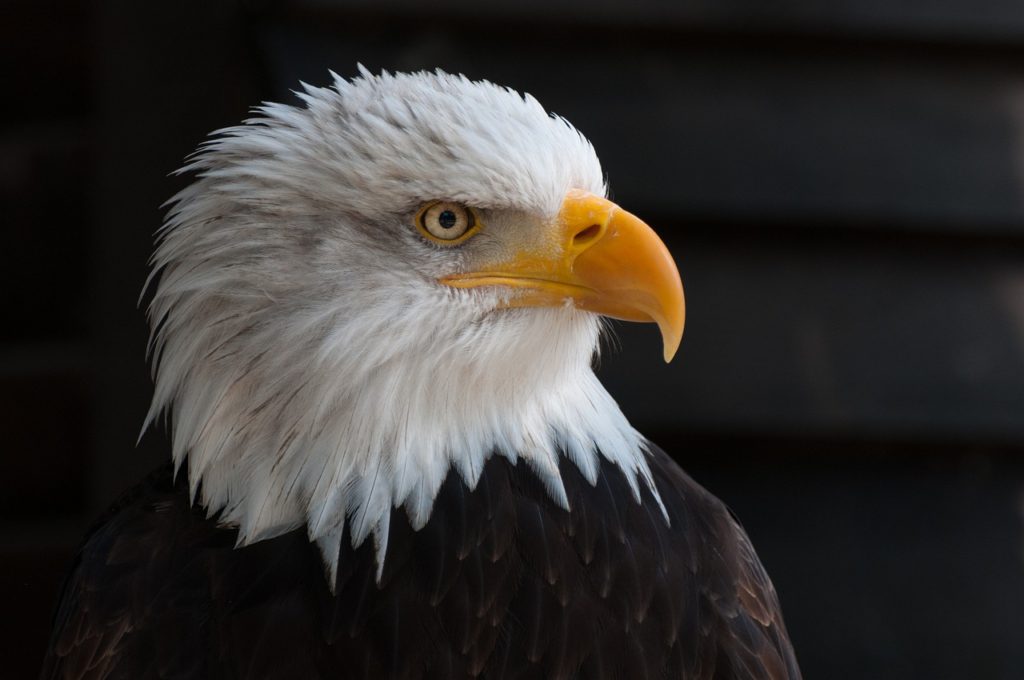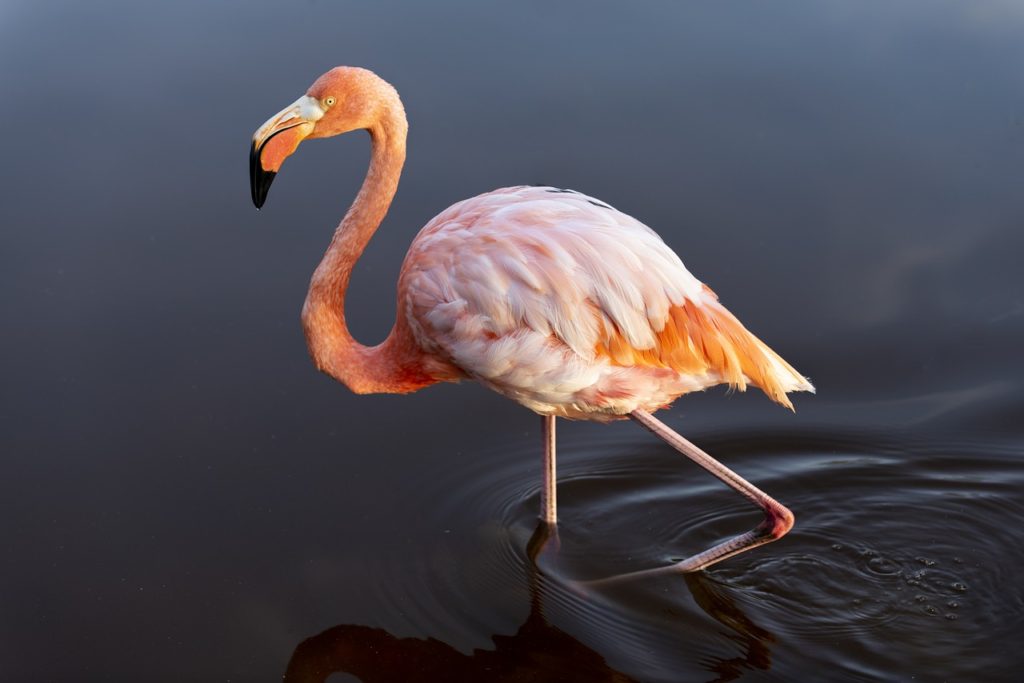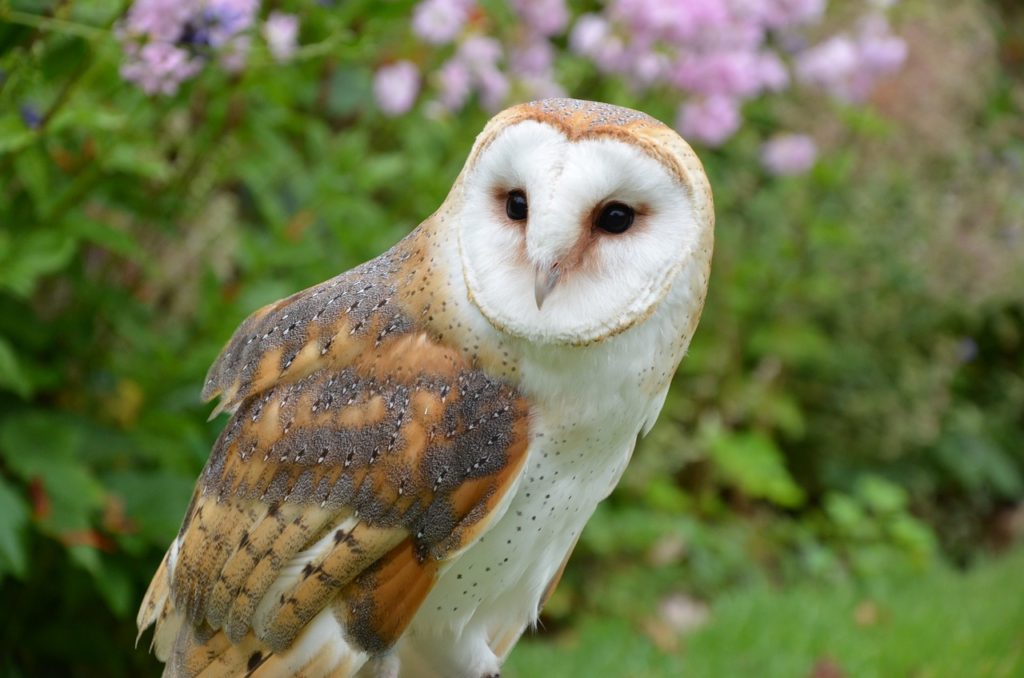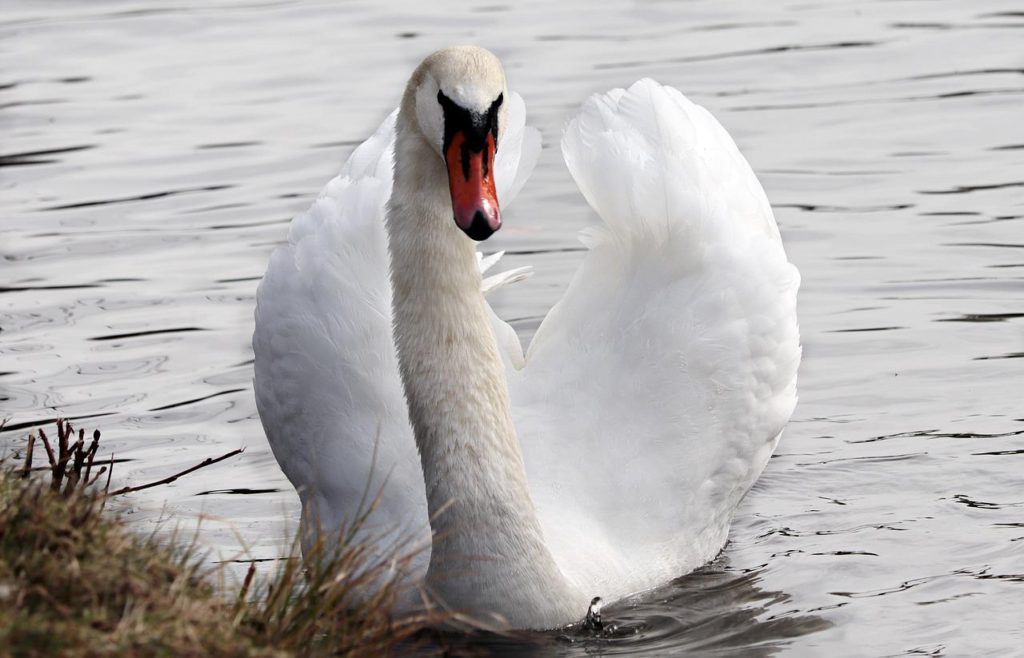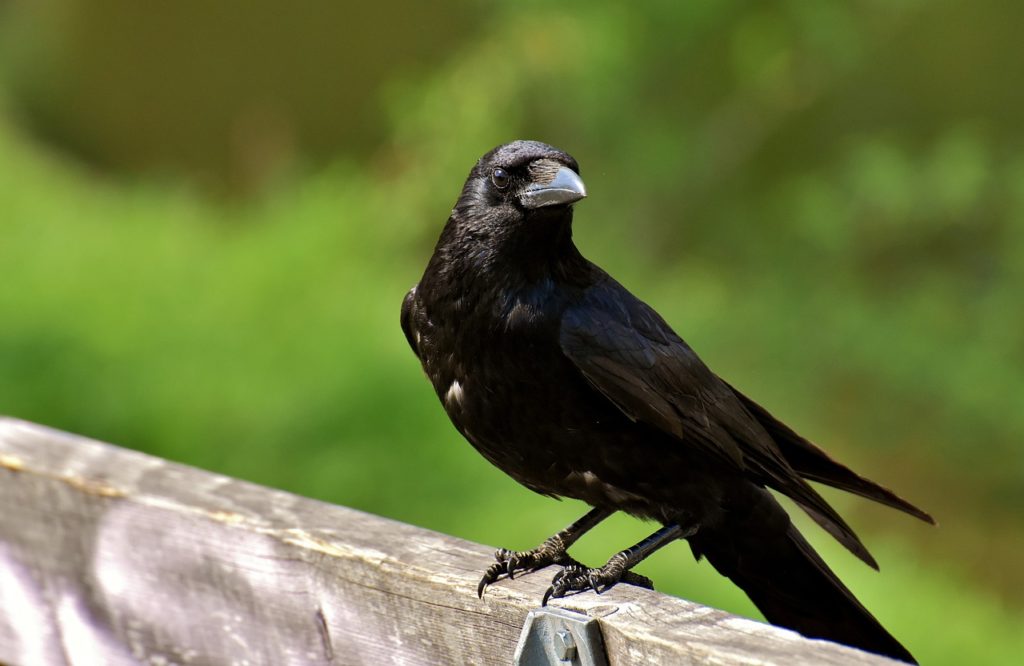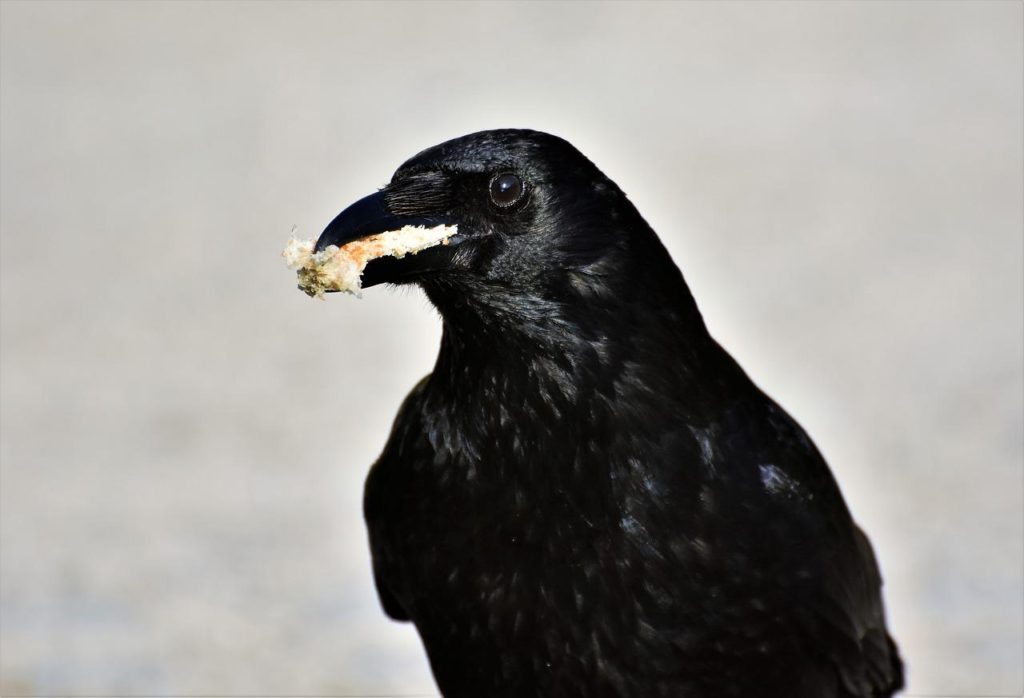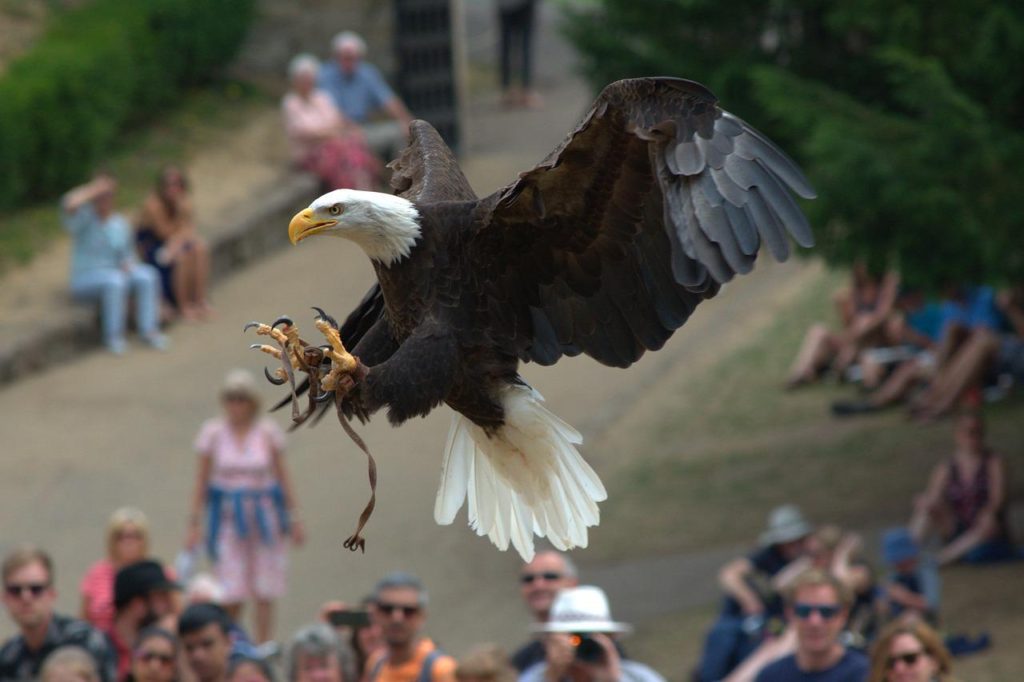
All birds have claws. However, only a few types have the scary-looking and dagger-sharp claws called, “talons”. So here are the birds with talons and what you’ll want to know about each of them.
What Are Talons?
Talons are the claws of a group of predatory birds known as birds of prey, also called raptors. Bird of prey talons are made of keratin the same substance as our fingernails and because they get worn with use, they grow for the entire life of the bird.
Talons are much bigger, stronger, and have sharper tips than the claws of others birds. They are used by birds of prey as their primary hunting tool, to help capture and kill their food. Talons come in various shapes and sizes depending on the species of bird and its specific prey.
Eagles
Eagles like most other birds of prey have 4 talons on each foot. They have 3 talons on their front toes that face backward and 1 talon on their back toe facing forwards (known as the hallux talon). The hallux talon is longer than the other talons and helps with gripping. It is also pushed through the body of the prey when it is caught which is why it is sometimes called the “killing talon”.
Prey is not typically killed outright by the talons but instead, the animal usually dies from massive blood loss or organ failure as the eagle eats it alive. Because they have massive feet and giant talons many eagles are capable of taking prey items that are quite large.
The harpy eagle has the largest talons of any bird on the planet. Their hallux talons can reach up to four inches in length. That means harpy eagle talons are the same size as grizzly bear claws and it allows these predators to hunt animals as big as monkeys and sloths.
Falcons
Falcons are fast-flying hunters. They mainly prey on birds and attack them in flight with a high-speed assault. The peregrine falcon is so fast that it is able to reach speeds of up to 200 mph or more when diving to catch its meals. Falcons strike their prey with their feet clenched like fists.
The attack can kill prey instantly or severely cripple it. After the devastating blow, the falcon often turns and catches the prey mid-air. If the bird is still alive after being knocked out of the sky the falcon will land and kill it with its beak. Falcon beaks have a tooth-like structure that helps them to quickly kill by severing the spinal cord or crushing the head of their prey.
Because they rely mostly on the force of their blazing-fast strikes for immobilizing their prey and their specialized beaks for killing they don’t have huge talons or exceptionally strong feet. Falcons are birds with talons that are modestly sized and set on long and slender toes.
This combination helps them to be able to penetrate a bird’s feathers with their talons while at the same time wrapping their feet around the bird’s entire body.
Hawks
While hawks range from small to medium in body size, they have large and powerful talons. These are intelligent and swift birds with excellent eyesight. Hawks locate and attack their prey using a range of methods such as sitting and watching from a perch, soaring high above, or attacking them in midair.
When attacking, the hawk’s talons are driven deep into the prey’s body usually killing it. Although hawks may also use their hooked beaks to finish the job. In North America, the most commonly seen hawk is the red-tailed hawk which is named for its red rust-colored tail that stands out against its mainly brownish plumage.
Ospreys
Ospreys are large attractive birds of prey that have a diet almost exclusively made up of fish. And these fish-hunting specialists are found near bodies of water all around the world. The Osprey doesn’t just snatch its prey from the surface as most other fish-eating birds do.
It plunges feet first into the water to capture fish. And it often totally submerges itself several feet under the water in the process. Ospreys have talons and feet that have unique characteristics for catching and holding onto those slippery fish.
Osprey bird talons are both long and large. And in addition, they have a reversible outer toe that allows the bird to use its talons to grip fish from all 4 directions. The feet are big under the toes there are sharp spines called “spicules”, that function as a non-slip surface.
Owls
There are over 200 different species of owls, and almost all of them are nocturnal. These birds have large forward-facing eyes that help their depth perception when hunting in low-light conditions. They also have special wing feathers that allow them to fly in total silence giving them a stealthy advantage over their prey.
Owls catch the majority of their prey on the ground where the odds of being able to kill their prey in a single blow are not very high. So their feet and talons have adapted mainly for gripping and restraining prey. Once they have made the catch, owls usually kill their prey by squeezing it to death and then swallow their meal whole.
They have short and robust toes and talons that are long, nearly all uniform in size, and less curved than those of other birds of prey. These adaptations allow for maximum grip strength without sacrificing reach. In fact, owls actually have some of the strongest bird talons in the world.
They have 2 talons that face backward, 1 facing forward, and 1 that can rotate and be used in either position. (Owls and ospreys are the only birds with this special foot configuration). This gives owls the ability to use their talons to fully encircle their prey when needed.
Owls are such efficient hunters of rodents that a single family can kill several thousand per year. For this reason, many people attract owls to their properties so they can provide natural pest control.
Secretary Birds
These are unique-looking birds with stilt-like legs, a body that looks like an eagle, and a crest of feathers on their heads. Different from the majority of birds of prey, the secretary bird spends almost all of its time on the ground where it stalks for its meals. These birds are known to walk up to 20 miles in a day or more in search of their food which includes small animals and snakes.
This is a bird with talons that kills its prey by stomping on it. The secretary bird is the only bird on the planet that stomps its prey to death and it is believed that its unusually long legs help it to generate the power needed to do so. Both the talons and toes are short yet strong including a powerful rear talon which is used to help kill prey. For protection against snake bites, secretary birds have thick scales on their legs.
Vultures
While vultures may occasionally feed on sick and dying animals, they are mainly scavengers. And their talons and feet are perfectly adapted for this function. Because vultures don’t hunt, their talons are not as sharp. Vulture talons are designed for holding their meal down (which is already dead so there’s no struggle) as they use their hooked beaks to tear out chunks of rotting flesh.
Some species like the black vulture may also use their talons when fighting with others members of their own kind over a feeding spot at a carcass. Having blunter talons also helps to make walking easier as vultures spend a lot of time on the ground when feeding.
While new world vultures such as the turkey vulture and black vulture are known for having relatively weak feet this is not true of all vultures, the feet of their cousins the old world vultures, are actually quite strong.
Seriemas
Seriemas are long-legged birds that live on the ground. There are two species the red-legged seriema and the black-legged seriema both of which are found in South America. Sereiemas are the only living ancestors of the extinct giant “terror birds”. They are omnivores that catch and kill rodents, lizards, insects, birds, frogs, and snakes including the venomous coral snake.
They are birds with talons that look very dinosaur-like. Seriemas have short yet incredibly sharp talons on their toes including one prominent sickle-shaped inner talon. The inner talon is sharper and more recurved than the others and is also raised up and held off of the ground. It is often compared to the similar-looking innermost claw of a velociraptor.
Because of its recurved appearance at first glance, you might think that the inner talon is used for slashing, however, the seriemas use it to grasp and pin down prey while they use their hooked beak to rip and tear away flesh. These birds are very fast runners and have been clocked at running over 40 mph.
Start Shopping for Birding Supplies!
Crow Symbolism: Everything You Need To Know
Ever wondered why the crow has captured the imagination of so many cultures throughout history? Let's embark on a fascinating journey through the world of crow symbolism, unraveling its mysteries and discovering its significance across various cultures, religions, and...
Creepy Facts About Crows
Crows are highly intelligent birds that have thrived alongside us humans. However, while they are fascinating creatures, at the same time, there are many things about them that many people find quite unsettling. That being said here as some of the most creepy facts...
Why Are Crows So Loud?
As anyone who has heard their loud "caws," can tell you, crows are very noisy birds. In fact, they are considered one of the loudest of all bird species. But why are crows so loud? Read on to find out. The Importance Of Vocalizations Crows use vocalizations to pass on...
Do Crows Remember Faces?
Crows are known for their intelligence. But do crows remember faces? You bet they do! Here's what you'll want to know. Crow Intelligence Crows are brilliant birds. In fact, their level of intelligence is often compared to that of primates. They are so smart that they...
Why Are Crows Black?
American crows are birds with all-black plumage. But why are crows black? Well, there are several reasons. Read on to find out. Bird Color Basics Birds are some of the most colorful creatures on the planet. And they come in an amazing range of colors from white to...
Are All Crows Black?
When it comes to crows, most people are familiar with the image of a sleek-looking solid black bird. But are all crows black? No, they aren't. Here's what you'll want to know. The American Crow Is Not All Crows The American crow is found throughout most of North...
How Long Do Crows Live?
How long do crows live? That's one of the many questions people ask about these familiar all-black birds. Here's what you'll want to know about the lifespan of crows and what affects it. How Long Do Crows Live In The Wild? In the wild American crows have a lifespan of...
Enemies Of Crows
Crows are a common sight in many parts of the world. However, most of us don't realize that these distinctive jet-black birds face a range of threats even when they are in our own backyards. The following are the main enemies of crows. Natural Predators of Crows One...
Predators of Crows
In many places, crows are such a common sight that it can be easy to forget that they actually have many predators. And being "on the menu," for a range of other animals is actually why these birds are so wary. That being said, here is everything you'll want to know...
Are Crows Territorial?
Are crows territorial? The answer is yes. However, just how territorial they are can depend on several factors. Here’s what you’ll need to know. Territoriality In Birds Territoriality is the behavioral trait of defending and maintaining a specific area territory...
What Eats Crows?
Crows are large and highly intelligent birds that eat a wide variety of foods including many other animals. So, what eats crows? Here are the most common crow predators and what you’ll want to know about them. Birds Of Prey The birds of prey are a group of predatory...
Are Crows Friendly?
Crows are commonly seen, and heard, in close proximity to us in our towns and cities. But are crows friendly? The answer may surprise you. Crows Are Highly Social Birds Crows are social birds that live in family groups. And they are well known for forming close bonds...
Do Crows Mate For Life?
Do crows mate for life? Yes, they do. And this behavior is highly advantageous to them. Here's what you'll want to know. How Do Crows Attract A Mate? Crows are social birds; most of the year, they live in small family groups. During the breeding season, however,...
Birds With Tails
Just like birds themselves, birds’ tails come in a wide range of shapes and sizes. And some tails of course are more interesting and remarkable than others. The following are birds with tails that never fail to impress! Long-Tailed Tit The long-tailed tit, also known...
Birds With White Heads
There's no doubt about it, birds with white heads really stand out. From small to large they are quite a unique bunch. So here are some of the most fascinating white-headed birds and what you'll want to know about them White-Headed Vulture The white-headed vulture is...
Birds That Look Like Flamingos
Flamingos are wading birds with long necks and legs. These social birds live in groups and have strongly hooked downward-facing beaks which they use to feed on shrimp and other small water creatures. And they are famous for their stunning pink color. With such a...
How To Attract Owls To Your Yard
Owls are nocturnal birds of prey that can be extremely helpful when it comes to controlling rodent populations in a natural way. That is of course if you can attract them to your property by creating an owl-friendly habitat. So keep reading to find out how to attract...
Why Would A Swan Be Alone?
It's widely known that swans are incredibly social and romantic creatures, so it can be disconcerting when you encounter a solitary swan. However, there are several reasons why this might be. So why would a swan be alone? Here's what you'll want to know. But first,...
How To Attract Crows To Your Yard
Crows aren’t always pests as many people believe. In fact, these super smart birds can actually help to rid your property of many common backyard and garden pests themselves. So here’s your step-by-step guide on how to attract crows to your yard! Step 1. Create A...
What Do Crows Eat?
With roughly 40 different species, crows are a common sight in most places around the world. And while most of us are familiar with their appearance and harsh vocalizations, their diet is not as obvious. So what do crows eat? Here's what you'll want to know. What Do...
